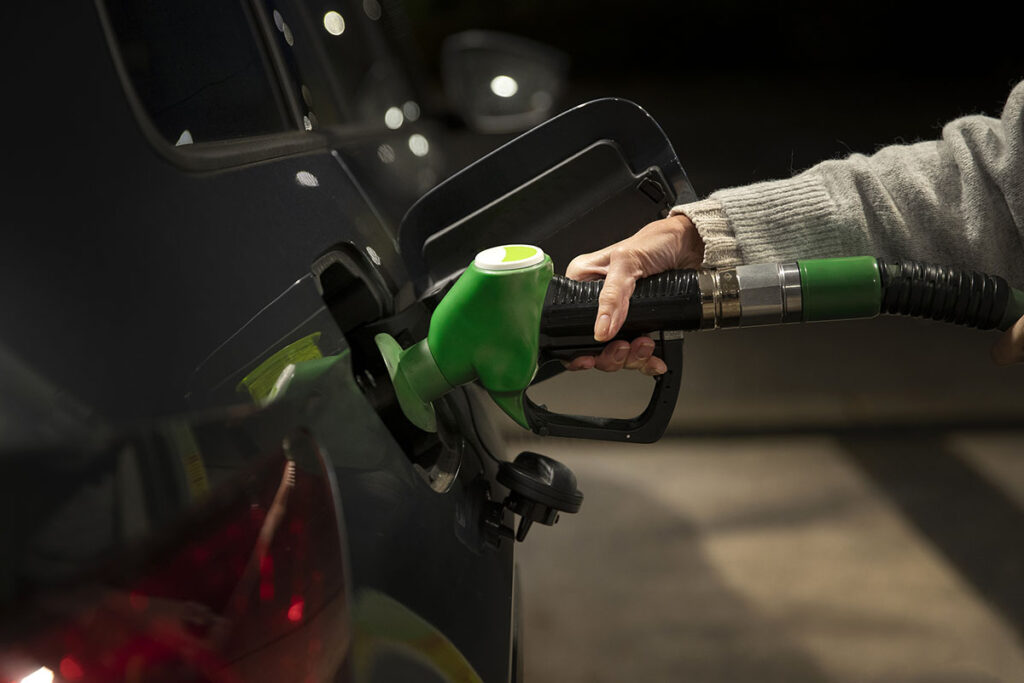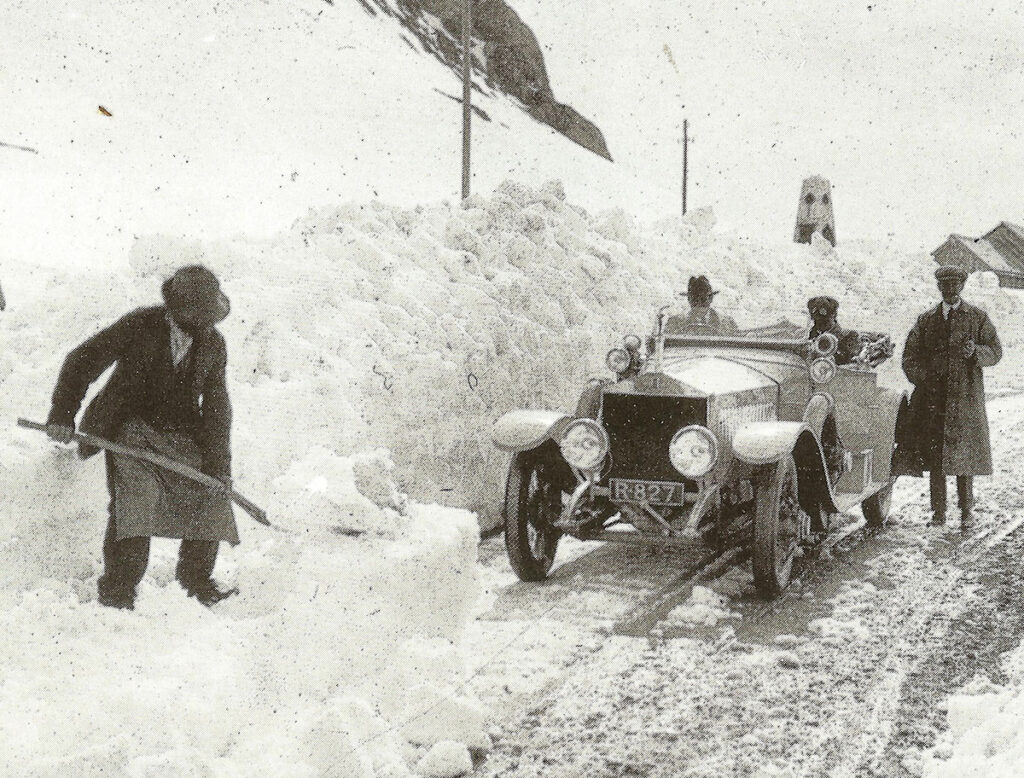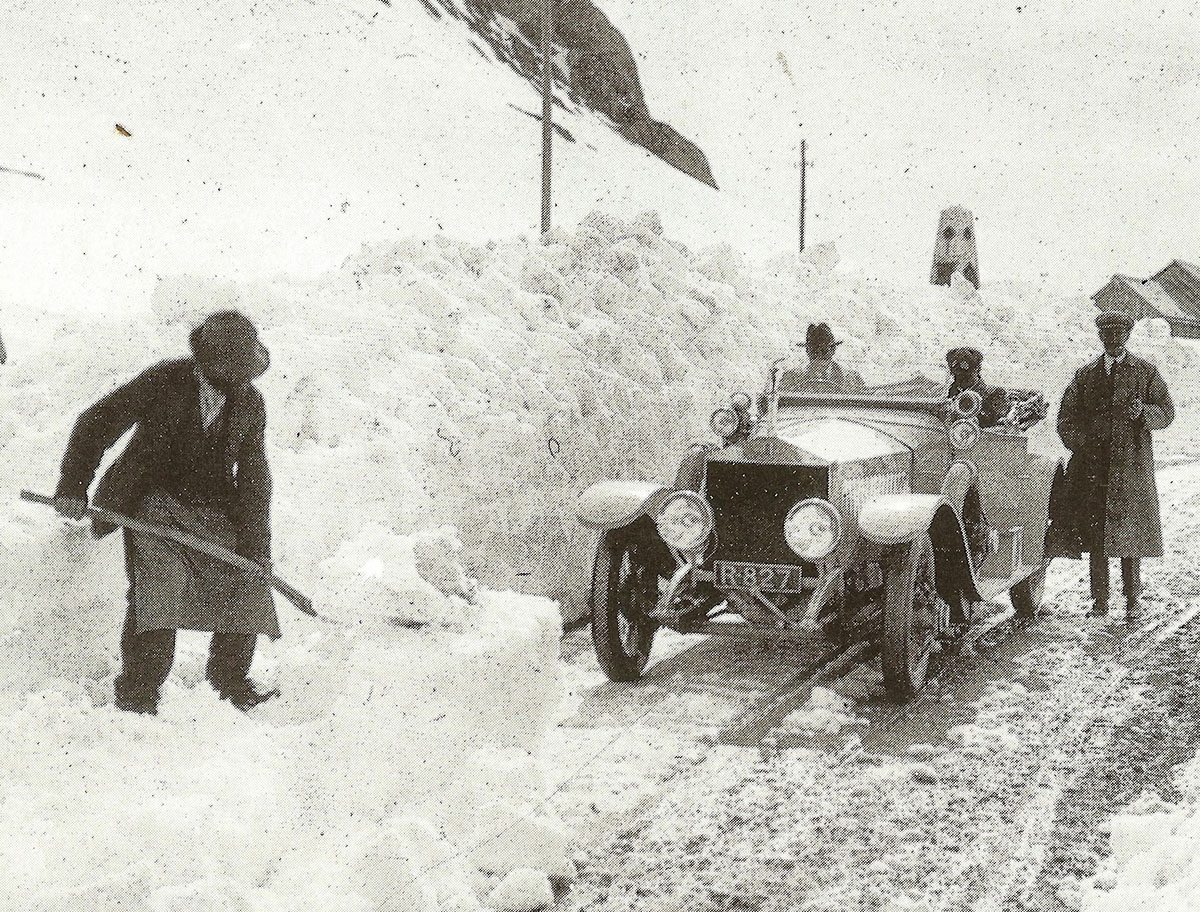Every year, to coincide with the London to Brighton Veteran Car Run, the Royal Automobile Club hold a day of lectures at their headquarters on Pall Mall, in London.
This year, things were slightly different as the morning sessions were dedicated to the future of motoring, while after lunch, we concentrated on the old stuff. A nice mix then.
Synthetic Fuels
We started with eFuels, or Synthetic fuels which is a topic I find fascinating. It annoys me that legislation has effectively decided that EVs are the future when eFuels, Hydrogen and perhaps other technologies could also offer a solution to our future transport needs. Certainly there are obstacles to be overcome but look at how far electric cars have come in ten years. If the same budget was thrown at other technologies, I’m sure barriers would come down.
To start our education on eFuels, we learned what makes a good petrol and that’s a fuel that burns smoothly and resists knocking – that is, it doesn’t self-ignite before the spark plug does its job. It should also vapourise easily, have a high energy content and keep the engine clean.

Depending on which bits you take from the crude oil, your petrol can have different characteristics. Then you have the added complication of biofuels, which largely come from fermented sugar. These are added to petrol to make it more eco-friendly, but they have low energy density and generally can’t go over 10% of the finished fuel. Another issue is that if we give over land to growing biofuels, we have less land to grow food and that’s a delicate problem.
Various methods of turning waste products into gas are also going on around the world and these methods don’t compete with farmland but their CO2 footprint varies greatly.
So that brings us to eFuels, which are made by splitting water into its constituent parts, hydrogen and oxygen and then combining the hydrogen with CO2 from the atmosphere. It works well if you have abundant, sustainable electricity. The difficulty lies in making the fuel in sufficient volumes and it’s very expensive to make.
But with proper investment, that could change. Formula One plans to use eFuels from 2026 and if we could only get eFuels properly off the ground, they could really be the answer to our prayers.
I asked the expert, John Williams, from Aramco, just how expensive it is to produce a litre of eFuel and the answer is roughly twice the production costs of conventional petrol.
Now, we’re offering rebates to buy an electric car and there’s no duty on the electricity to power it. Surely if we applied the same criteria to eFuels, they’d have a chance?
Lubrication
Next it was on to the less fascinating, but no less important topic of lubricating oil. Oil has several functions in an engine in addition to lubrication. It also seals, cools, inhibits rust and keeps the internals clean.
There are even different types of lubrication requirements, depending on whether you just want a thin film of oil between components or need a proper layer of oil between two rotating parts.
It takes between four to seven seconds for oil to fully circulate around an engine, a time I find surprisingly quick.
An electric future
Then we were onto electric cars and while the British Government claim they have no input into decisions on future drivetrains, of course they do. Government policies around the world are pushing an electric future to the detriment of any other possible technologies.
PHEVs are fading in popularity as motorists increasingly make the switch to fully electric cars. In the UK, 50% of all new cars are bought by fleets, who only care about the bottom line, so their buying decisions are heavily influenced by taxation treatment.
This used to favour diesels but now, it’s more economically advantageous to buy an EV, so that’s the direction they’re going and that will ultimately bring a lot more EVs onto the used market in two to three years, making it easier for private motorists to make the switch.
By 2030, the target is for 300,000 charge points to exist in the UK. Right now, there are about 34,000 points, providing 56,000 connectors, so there’s a way to go.
It’s been found that younger drivers, in particular, are willing to make compromises to accommodate an electric car in their lives, for instance being willing to come well off the motorways to charge, whereas drivers coming from petrol and diesel are less willing to change their old habits and want motorway service charging, even if it’s more expensive.
It was a fascinating glimpse into an electric future before we broke for lunch.
Peking to Paris by Steam
After lunch it was time to talk about veteran cars and we started with a fascinating talk about a 1910 White Steam car, which was used to drive from Peking to Paris, commemorating the original Paris to Peking race of 1907, sponsored by Le Matin newspaper.
In 1907, 40 cars started but only five made it to the finish, the winner being an Itala, which took 62 days to make the 9,000 mile journey, proving that even early cars could drive long distances.
The White Steam car is some beast, producing 60bhp but a whopping 1,000 ft lb of torque and it can hit a top speed of around 65mph while the engine ticks over at just 1,200 rpm.
1913 Alpine Trials
To finish the day, we heard about Rolls Royce and the Alpine Trials of 1913, the Monte Carlo Rally of their day. The previous year, Rolls Royce entered the trials but embarrassingly, their car failed to climb the highest pass. The situation couldn’t be allowed to continue so they returned the following year with a car featuring at least 150 upgrades, including a new four speed transmission with a different axle ratio.

This time around, Rolls Royce dominated the rally, winning every stage and it set them on the road to become renowned as the best car in the world.
This year, unfortunately, the traditional table quiz didn’t take place, so I had no opportunity to win another bottle of wine, which was really delicious last year, particularly after the warm, fuzzy feeling of winning the thing in the middle of a roomful of veteran car experts.










